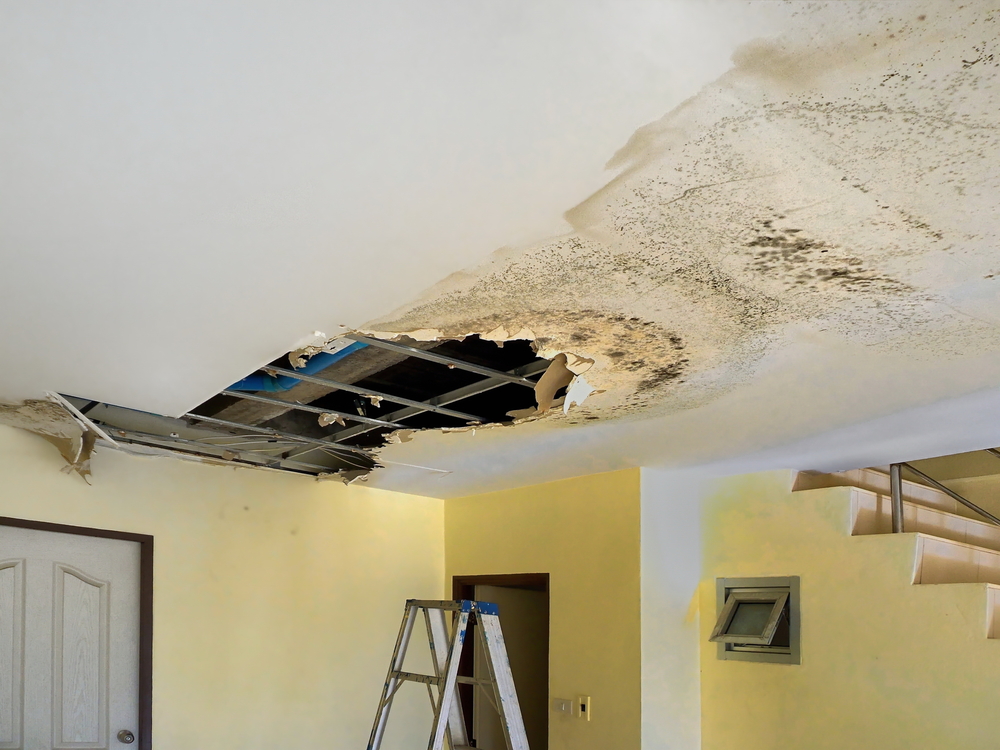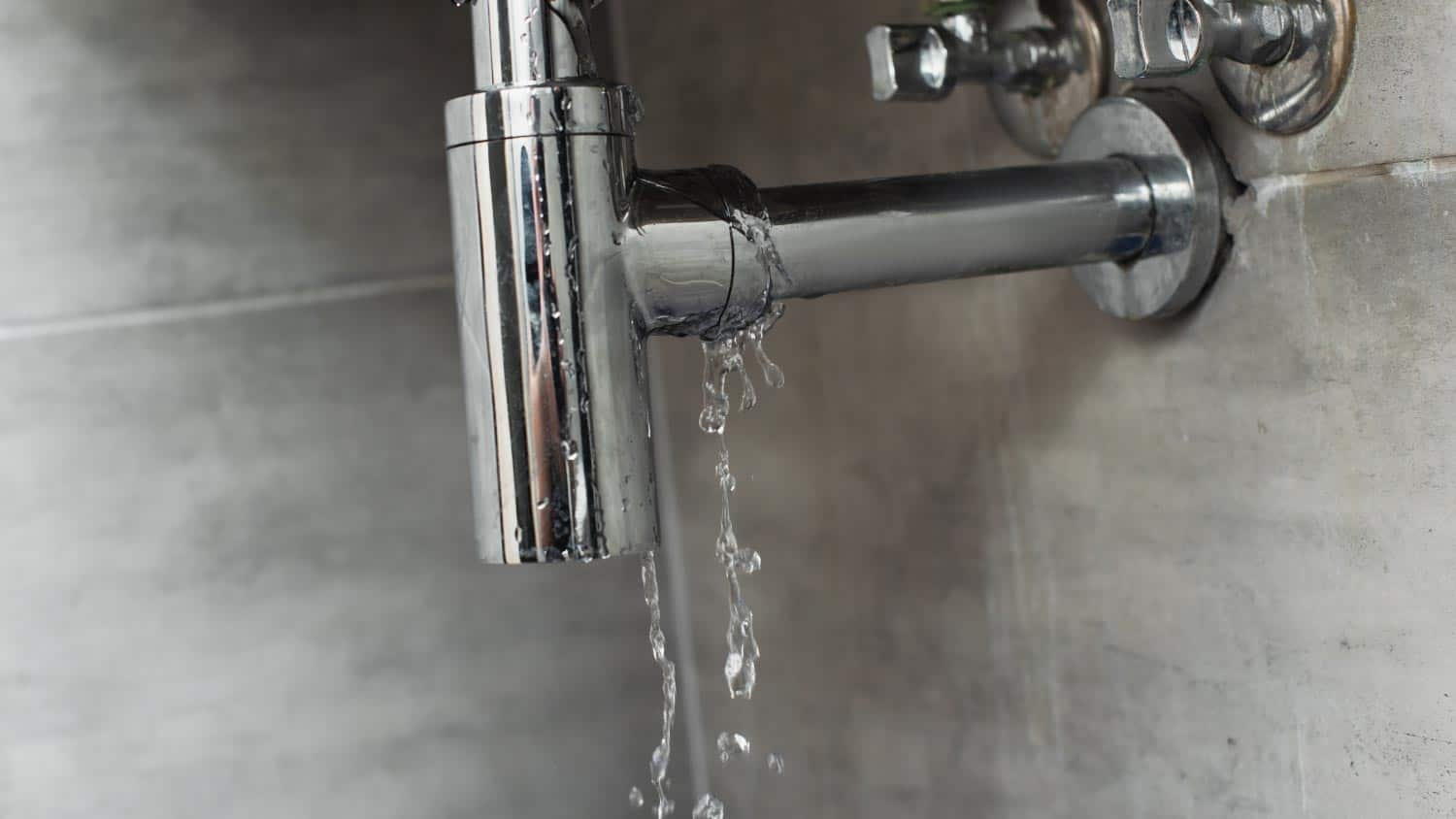The publisher is making a few good observations relating to Detecting hidden plumbing leaks overall in this great article below.

Early discovery of dripping water lines can alleviate a possible catastrophe. Some small water leakages might not be visible.
1. Take A Look At the Water Meter
Every house has a water meter. Examining it is a proven manner in which helps you discover leaks. For starters, switch off all the water resources. Make certain no person will purge, make use of the faucet, shower, run the washing equipment or dishwashing machine. From there, most likely to the meter and also watch if it will transform. Given that nobody is using it, there need to be no motions. If it moves, that shows a fast-moving leakage. Likewise, if you spot no changes, wait a hr or two and also inspect back again. This suggests you might have a sluggish leakage that could even be below ground.
2. Inspect Water Consumption
Analyze your water bills and track your water intake. As the one paying it, you ought to notice if there are any type of disparities. If you identify sudden changes, despite your intake coinciding, it indicates that you have leaks in your plumbing system. Bear in mind, your water costs must fall under the same range on a monthly basis. An unexpected spike in your bill indicates a fast-moving leak.
At the same time, a steady boost on a monthly basis, even with the same practices, shows you have a slow-moving leakage that's additionally slowly escalating. Call a plumber to completely inspect your building, specifically if you really feel a cozy area on your floor with piping underneath.
3. Do a Food Coloring Test
When it concerns water usage, 30% comes from toilets. Examination to see if they are running effectively. Decline flecks of food color in the storage tank and also wait 10 mins. There's a leakage in between the storage tank and dish if the shade in some way infiltrates your dish during that time without flushing.
4. Asses Exterior Lines
Do not forget to inspect your outdoor water lines as well. Should water leak out of the link, you have a loose rubber gasket. One little leak can squander tons of water as well as increase your water bill.
5. Evaluate the scenario and check
Homeowners must make it a habit to check under the sink counters as well as also inside closets for any bad odor or mold and mildew development. These 2 red flags suggest a leakage so punctual attention is needed. Doing regular inspections, even bi-annually, can save you from a major issue.
Examine for stainings as well as deteriorating as a lot of pipelines as well as appliances have a life expectations. If you think leaking water lines in your plumbing system, do not wait for it to rise.
Early discovery of leaking water lines can reduce a potential calamity. Some little water leakages may not be noticeable. Examining it is a guaranteed method that helps you uncover leaks. One tiny leakage can lose lots of water and spike your water costs.
If you presume leaking water lines in your plumbing system, do not wait for it to intensify.
How to Know If Your Home Has a Hidden Leak
Water Meter Reveals Inexplicable Water Usage
If you’d like to test whether or not there’s a leak somewhere in your home, you can do this using your water meter. Here is how to conduct the test:
Don’t use any water in your home for at least 30 minutes; this also means not turning on faucets or water-using appliances.
Go outside, and check your water meter for activity.
If your water meter shows that there was activity, even though no one was using any water, this proves that there is a leak in your home.Visible Mold or Mildew Growth
Leaks behind walls create moist, dark environments that allow mold and mildew to grow and thrive. Eventually, you might see mold growth forming on the wall closest to a hidden leak.
If mold is growing in an area that receives a high amount of moisture, such as a bathroom, it may simply be an indication that better ventilation is needed. However, if you see mold growth on a wall or the ceiling in an area where you would not expect, you probably have a hidden leak.
Musty, Mildew Odor
Sometimes you might not be able to see the mold or mildew that is growing as a result of a leak. However, the smell can give the problem away just as easily. If you catch a whiff of something musty, there’s a good chance that old water is collecting somewhere in your home that you can’t see.
Stained/Warped Walls, Ceilings, or Floors
When your home soaks up water, a variety of red flags can become visible, including ceiling stains, bubbling drywall, warped walls, and sagging floors. While these issues can be caused by excess humidity, they can also be signs that a pipe or plumbing connection has started leaking behind your walls.
Inexplicably High Water Bill
After a while, you get a general sense for what your water bill should be. If you own a pool or sprinkler system, your bill will tend to be higher during summer. However, if you receive a water bill that seems especially high, and you can’t figure out what caused it, then you may have a hidden leak somewhere that’s increasing your bill.
https://www.plumbingjoint.com/blog/2019/july/how-to-know-if-your-home-has-a-hidden-leak/

I am very involved in Leaking water lines and I'm hoping you liked my post. I beg you take the time to share this write-up if you enjoyed it. I thank you for reading our article about Detecting hidden plumbing leaks.